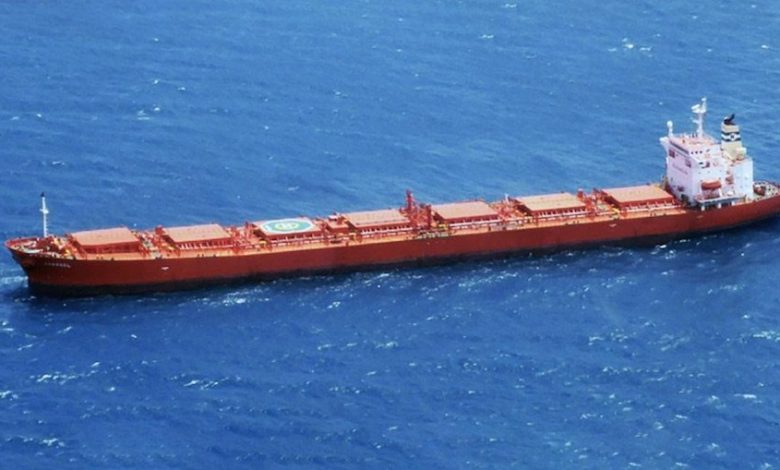
Whether to employ a ship on time charter or in the spot market is a crucial question asked by many shipowners. Through a simulation study Norwegian owner Torvald Klaveness was able to show that employing a panamax on rolling spot contracts was more profitable than employment on a rolling one-year time charter. The rolling spot outperformed the time charter by $23 per day. However, the two strategies performed differently depending on the choice of investment horizon and market timing.
For periods lasting one and two years the spot strategy outperformed time charter strategy by $94 and $34 per day respectively. However, the time charter proved to generate higher earnings per day for investment horizons lasting between three to ten years. Over the longer horizons, 11 to 16 years, the spot strategy was more profitable.
The spot employment proved to be more profitable in the short and long term. On average over all horizons the spot strategy outperformed the time charter by $23 per day. Over a 16-year period, 2001-2017, the spot earnings exceeded the time charter by $482 per day.
“When considering an investment horizon of less than two years and by using the Panamax front curve and length of investment horizon to explain the ratio between the time charter and spot earnings, we were able to explain about 65% of the variation in the data. While with an investment horizon of only 1 year we were able to explain 78% of the variation in the data. It follows that there are still some pieces missing when deciding whether to employ a vessel on time charter or in the spot market,” Torvald Klaveness noted in a report.
The study was conducted by drawing 100,000 subintervals from the period 2001-2017. The only requirement was for the subintervals to last at least one year and that only one vessel was employed. For each subinterval the time charter and spot strategy were simulated and the average earnings per day were calculated. The time charter strategy was a rolling 11-month time charter with a following two-month option period. The spot strategy represented a 45-day rolling spot contract on the P4TC index. The setup was meant to emulate a shipowner’s decision of employment being indifferent of timing and investment horizon.
